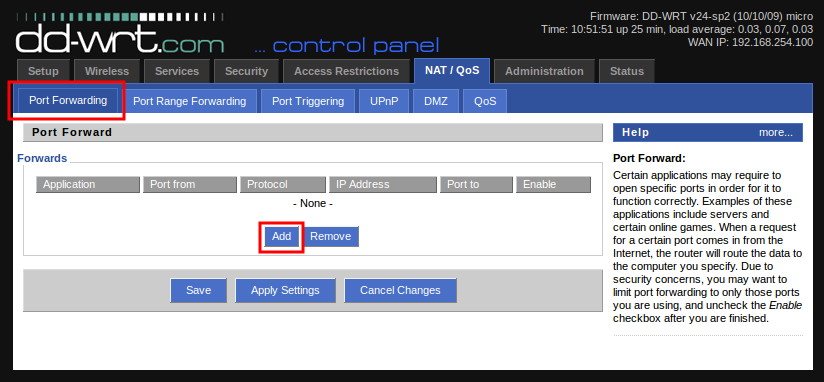
Note: If you already have some form of DD-WRT installed on your router, skip to Step 6: Upload the BIN DD-WRT File. I'll update this guide when a newer build has better results. Since the R7000 is less expensive, and at the time of this writing the DD-WRT wiki specifically recommends Kong's build for this device, we'll be using it in the guide. A couple of well-reviewed AC1900 routers that are supported are the ASUS AC68U and NETGEAR R7000. We'll be using a Kong build of DD-WRT, which stably supports several newer devices. This guide is designed to help beginners configure a fast & stable DD-WRT router with basic settings and wireless. Right here, right now, we're going to solve those issues. Just choosing a router, suitable build, and revision of DD-WRT is a daunting task for a beginner traditionally, one must pore over forum posts for information about balancing stability, features, and newer device support. It's hard to choose the build for your needs (a good discussion of the various builds is here). There hasn't been an official stable release since 2008.

However, it's not easy for a novice starting out with DD-WRT. It adds features, stability and configurability to consumer routers. DD-WRT is a wonderful open source custom router firmware that is supported on many devices.


 0 kommentar(er)
0 kommentar(er)
